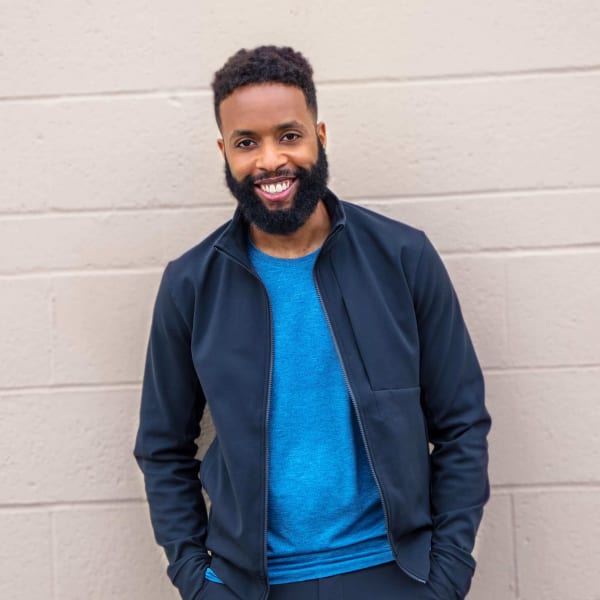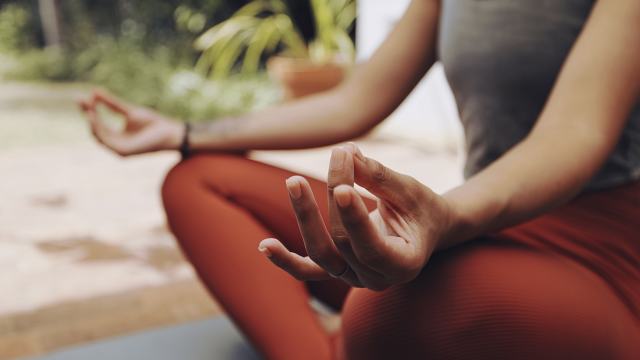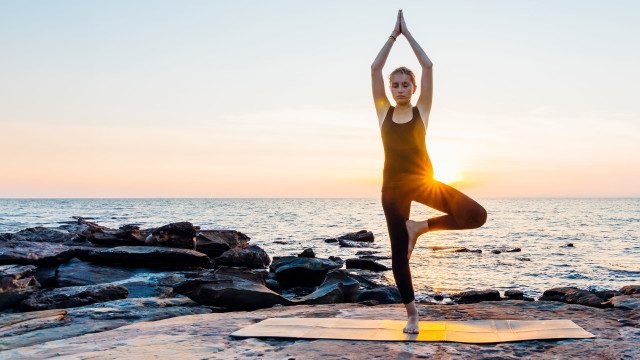Michael Jordan and Mindfulness

I grew up in Detroit during the Bad Boys era of basketball. For those who aren’t NBA fans, that was a period of time in the 1980s and early ‘90s when the Detroit Pistons were a defense-focused team to be reckoned with, known for their aggressive style of play.
During that era, there was no greater enemy in Detroit than the Chicago Bulls. The two teams often met in the Eastern Conference Finals, and Pistons head coach Chuck Daly instituted the “Jordan rules,” which aimed to contain Michael Jordan by any means necessary.
I had no choice but to see Jordan play a lot, and as I did, I went from rooting against him to becoming a huge fan. I began to love the game of basketball and cheered for the Bulls (much to the disappointment of all those Pistons fans around me).
One of the edges Jordan had on everyone else — besides his athleticism and passion for the game — was the practice of mindfulness.
Creating an Anchor
Bulls coach Phil Jackson, himself a Buddhist practitioner, hired former basketball player George Mumford to teach his players mindfulness, which is a meditation technique of focusing your awareness on the present moment. While this is popular among athletes now, it wasn’t as widely known in the 1990s.
In fact, when Mumford came aboard, he didn’t use the word mindfulness because it was too “woo-woo” at the time. But the techniques he introduced transformed players. He later went on to work with the Los Angeles Lakers and Kobe Bryant, who might just be my all-time favorite player. He meditated every morning for 10 to 15 minutes.
“It sets me up for the rest of the day,” he told Thrive Global. “It’s like having an anchor. If I don’t do it, I feel like I’m constantly chasing the day as opposed to being able to be controlled and dictate the day. Not that you’re calling the shots on what comes forward, but the fact that I am set and ready for whatever may come my way. I have a calmness about whatever comes my way and a poise, and that comes from starting the morning off with meditation.”
Taking a Shot
When you get to the level of Michael Jordan or Kobe Bryant, you’re playing in front of thousands and televised to millions. These guys had a lot on the line. Meditating really zeroed them in and put them into a zone. It helped them to handle loud, hostile fans, and to be comfortable with taking a shot even when the circumstances weren’t perfect — which they rarely are on or off the court. They’re the glorified example, but everyday people have a lot on the line, too, in terms of things like paying their bills and providing for their families. What I got from mindfulness was not just a tool that could help me on the basketball court but in life as well.
No matter what you do, mindfulness is something that can get you ready for the moment, no matter how big or how small it is. Even if you’re not trying to hit a game-winning shot in the NBA Finals, it’s important to stay centered throughout any journey so that you can enjoy it all, and not just at the end of a big moment. Often, when people focus on the outcome instead of the process, they find themselves at the end asking, “Wow, is that it? And what now?” That’s a difficult situation to be in. But if you’re mindfully aware of all the moments up until that point, you won’t get so stuck on what was or what could be.
When you're completely present, that’s when the magic happens. In The Last Dance, an ESPN documentary series on Jordan and the Chicago Bulls’ dynasty during the 1990s, Rare Air Media editor Mark Vancil put it this way: “Michael is a mystic. He was never anywhere else. His gift wasn’t that he could jump high, run fast, shoot a basketball. His gift was that he was completely present.”
Instead of worrying about making the next shot or being upset about the last one that didn’t go in, Jordan was able to be mindfully aware, which put him in an incredible position to always be the best version of himself.
You might not have his three-point range, his dunking ability, or his swagger, but mindfulness can also put you in a position to be the best version of yourself, however that looks for you.
Try this course, A Modern Guide to Mindfulness by meditation teacher Curtis Smith, to learn how to start a meditation practice which may improve your well-being.
Header photo: lechatnoir/E+/Getty Images











